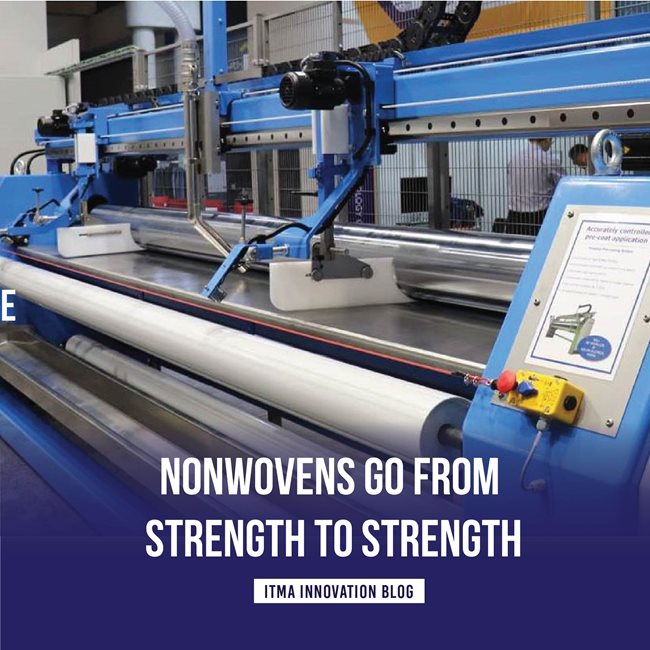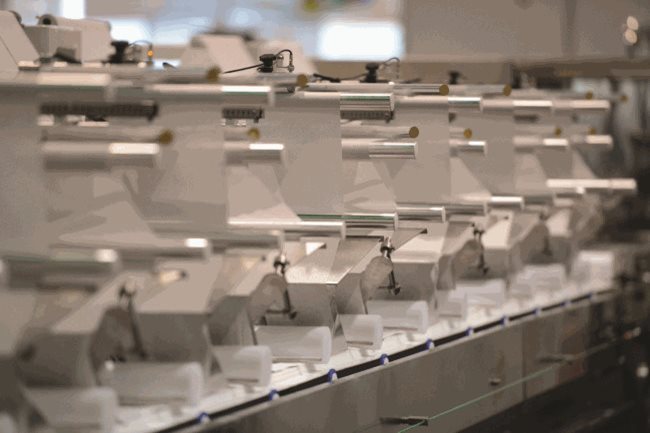Nonwovens go from strength to strength

16 22
September 2027
Messegelaende HannoverGermany

The first thing to understand is that nonwovens are fibrous assemblies engineered to a level of structural integrity through physical and/or chemical means, excluding weaving, knitting or papermaking.
That is the essence of the ISO definition – there is no yarn spinning stage and no weaving or knitting.
There are, however, several types of nonwoven processes and all are different from textile manufacturing and papermaking.
One group of processes uses staple fibres which are separated and aligned to form a mat on a moving belt, which is then bonded mechanically or chemically. The other group of processes starts with resins that are melted and extruded to form fibres, which are laid on a moving belt and bond together as they cool, often assisted by the pressure of rollers.
A wetlaid process for forming the fibrous mat starts off in a fashion similar to papermaking. However, papermaking involves the hydrogen bonding of cellulosic fibres, while wetlaid nonwovens involve manmade and mineral fibres that require a different form of bonding, whether mechanical, chemical or thermal.

Photo courtesy of INDA
Versatility
These nonwoven processes are extremely versatile in their use of materials and the development of required properties.
This versatility – in facing an unlimited and continuous supply of material challenges and needs – ensures that the industry remains an eternally vibrant materials sector, adjusting and adapting to the needs of the times.
The explosive use of nonwoven materials in vehicle construction over the last few years is a good example of this.
Lighter weights with more strength, robust absorptive qualities for acoustics and vibration, engaging tactile qualities and more are all material needs for modern vehicles, and the nonwoven processes can meet them in a wide array of component structures.
Nonwovens are also a key component in the filter systems providing cleaner air and water for the world, as essential stabilisation layers under roads and as vital insulation and ventilation layers in buildings, to name just three more of their durable uses. Often invisible, nonwovens are just as often crucial in these roles. In disposable products, meanwhile, they have done much to bring comfort and convenience to modern life.
Automation
It should be noted that nonwovens production is already highly automated and much less labour intensive than conventional textile manufacturing, partly because there are fewer process steps involved to begin with.
For many years now, however, integrated manufacturing lines have also been supplied from single suppliers making high automation a prerequisite.
Benefits in process control, tighter tolerances, less waste, better key performance indicators, faster start-ups and grade changes have all been made due to advancements in Industry 4.0 closed-loop feedback systems and process control technologies.
The nonwovens industry learned much during 2020, due to the general shortages of nonwoven-based face masks and PPE, when the need for speed was paramount and new technologies and entire supply chains were established in just weeks when normally they would take many months.
Restricted travel led to remote meetings and communications extending to service, installation and assistance, and digital tools came into their own.

Subscribe to our mailing list and stay up-to-date with news and developments in ITMA and the textile and garment industry.